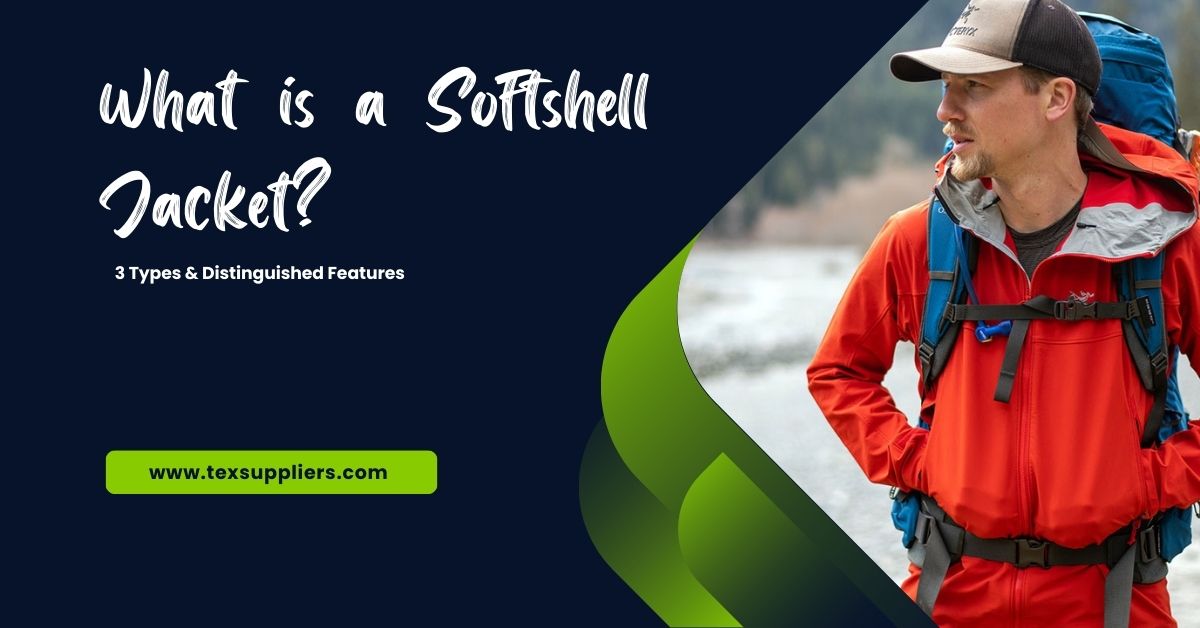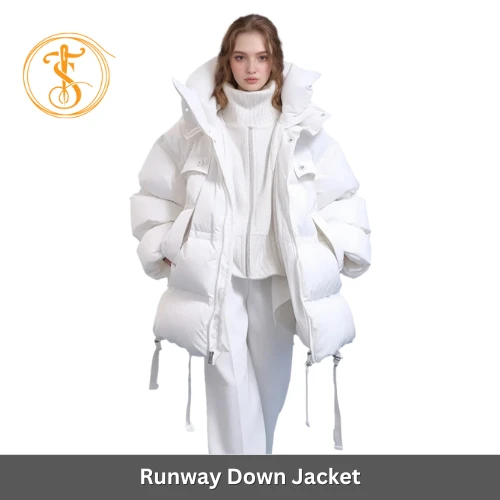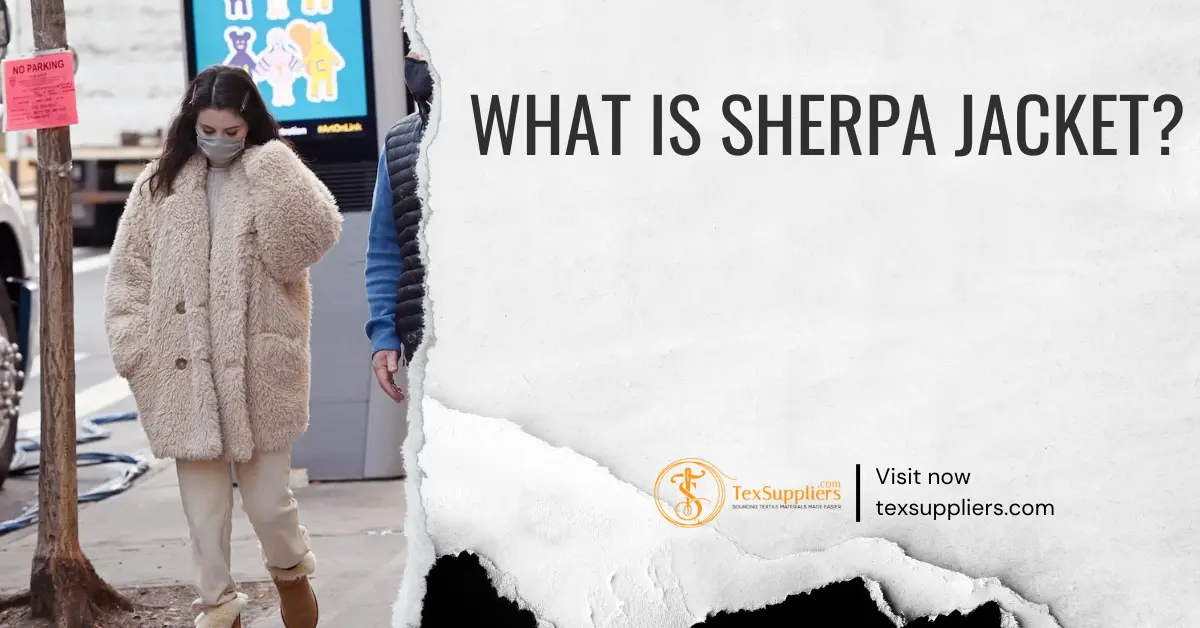There are mainly two categories of jackets in the market, either softshell or hardshell jackets. Each type plays a specific role in different weather conditions. If you don't know what a softshell jacket is and which weather it's suitable for, picking the right softshell jacket could be challenging. This article will help you know all the important factors when picking a softshell jacket from plenty of choices.
Table Of Contents
- What is a Softshell Jacket?
- What is a Softshell Jacket Made of?
- History
- Types of Softshell Jackets
- Key Features of Softshell Jacket
- Softshell Jacket Advantages:
- Softshell Jacket Disadvantages:
- Applications of Softshell Jacket
- Taking Care of Soft Shells
- How Waterproof are softshell jackets?
- Final Words
What is a Softshell Jacket?
Softshell jacket refers to mainly a jacket with a soft and warm inner layer. Unlike the standard hardshell jackets, softshell jackets don't have a lining, instead, they have an inner layer bonded with shell fabric. Usually, the top layer is bonded with fleece fabric, making it warm and flexible. In the layering system of this jacket, there are base soft layers and a waterproof outer layer. Besides, these jackets are smoother and softer compared to their hard-shell outer part. By maintaining enough warmth, softshell fabric regulates airflow with a level of insulation.
What is a Softshell Jacket Made of?
Softshell Jacket is mostly synthetic (nylon and polyester) material. Most soft-shell jackets have a 100% polyester fleece bonded lining. But some softshell jackets have soft sherpa, brushed tricot, and velvet bonded lining. The top layer is mostly made of 100% polyester or 94% Polyester 6% Spandex 4-way stretch woven fabric. Based on maximum breathability, they range from waterproof jackets to light stretch shells. Sometimes, the softshell garment is made of three-layer fabric. They are distinguished from each other by their particularity.
History
Softshell jackets made their appearance in the late 1990s and hit the marketplace through softshell technology. Overnight, this water-resistant and stretchy fabric marks outdoor wear for people. The main intention was to make softshell jackets warm in outdoor spaces. Since then, the softshell jacket has continued to excel as an important outdoor play. The big global companies focus on soft shells that are applicable for outdoor use. Fabric technology has been evolving rapidly in the manufacturing process of soft shells.
Types of Softshell Jackets
Softshell jackets differ from one type to another based on the materials used and their functions. Here are different types of softshell jackets available in the market.
Stretchy Woven Softshell

This jacket is lightweight. They are highly breathable. Besides, they are a superior deal for energetic activities for instance skiing. Whenever you are about to sweat, grab a stretchy woven softshell with you. Stretchy woven softshells are nylon/polyester and spandex made. Sometimes these kinds of softshell jackets are made of 4-way stretch woven fabric to make them super stretchy in both directions. They are lighter because they do not have fleece or sherpa lining inside.
They have a Polartec power shield. For aerobic activities like trail running, get a stretchy woven softshell. They are also alternatives to fleece. Besides, they have exceptional wicking with weather resistance. Under any hard-shell jacket, they work as a mid-layer. However, stretchy woven softshells are not waterproof and completely windproof.
Membrane Softshell

These are heavy and provide enough protection. Membrane softshell jackets are mostly 3 layers, and the membrane is considered the middle layer. The material used here is Gore-tex and Polartec wind block membrane. The outer layer is polyester, which is tightly woven or knitted fabric. The inner layer is a polyester fleece, which makes them heavy. Because of this heaviness, you may not run faster than you think.
For hiking, they are ideal. They encounter snow and wind easily. They protect in weather by providing aerobic comfort. Breathability is not a concerning thing. If there is snow and rain, get a membrane softshell instead. They are waterproof compared to stretch-woven ones. Unfortunately, they are not as breathable as stretchy woven softshells. However, they are versatile in any condition.
Knitted Softshell

Usually, softshell jackets have woven structured top layers and knitted structured inner or bottom layers. This combination of woven and knitted fabric in making softshell jackets makes them more breathable. Nowadays, softshell jackets are also made with knitted fabric on both the top and bottom layers. The top layer is often 75D interlock fabric, and the inner layer is polyester fleece. Knitted softshells can be both 2 and 3 layers based on the weather you wear them in. They are softer and heavier than woven softshells.
Key Features of Softshell Jacket
A soft-shell jacket is a standard outfit for outdoor wear. Apart from its insulating features and stretchy material, most soft shells tend to be water-resistant. Not all softshell jacket is waterproof. The key features of a softshell jacket are the following:
|
Durability |
Durable; lasts a long time. |
|
Stiffness |
Feels Soft |
|
Breathability |
Highly Breathable |
|
Wash Fastness |
Easy to clean fast |
|
Strength |
Bold and Comfortable |
|
Weight |
Lightweight |
|
Sustainability |
Highly sustainable |
|
Mobility |
Great for mobility |
|
Water Resistant Abilities |
High, even waterproof. |
|
Heat Retention Abilities |
Moderate: Not retaining much heat. |
|
Washing Temperatures |
30 or 40 degrees |
|
Windproof Ability |
No |
|
Stretchability |
Highly Stretchable |
|
Heaviness |
Usually, heavier. |
|
Usability |
Excellent for outdoor wear and everyday use. |
|
Skin-Abrasion Resistance |
Flatlock seams may or may not be present. |
Key Features
Softshell Jacket Advantages:
The Softshell Jacket is highly breathable. Apart from these pros, there are many advantages of softshell jackets traditionally. Choosing a softshell jacket is worth it because of the numerous pros, it offers. They are as follows:
- Body heat regulation.
- Highly Versatile.
- Air Permeable.
- It provides a stretchy feel.
- Highly Warmth.
- Comfortable Wear in Rainy Season.
- Prevents Overheating.
- Easy to Clean.
- Perfect for Everyday use.
- Comes with internal and external pockets.
- The Ribbed cuffs help to prevent entering draughts through sleeves.
- Hoods (may not be available in all jackets) provide extra insulation.
Softshell Jacket Disadvantages:
Softshell jackets indeed exceed in pros rather than cons. But choosing the best softshell jacket is difficult if we do not know about its disadvantages.
- Noticeably Heavier for membrane softshell.
- Not every softshell jacket is waterproof (except membrane one).
- It's not an alternative to a rain jacket.
- The type of softshell differs based on the climate
- Less wind resistance compared to hard shells.
- Membrane Soft shells are already breathable.
Applications of Softshell Jacket
Softshell jackets are suitable for those who prefer outdoor activities. The making of softshell relates to keeping the wearer warm, breathable, and comfortable. They protect from bad terrain. Intending to provide so many benefits, these jackets are to help you in climbing, hiking, skiing, and mountaineering. The applicability of this jacket highly depends on the weather situation. If the temperature fluctuates, getting a softshell jacket is necessary. It can save you by providing insulation.
It is recommendable to wear a rain jacket during rainy weather since softshell cannot provide enough waterproofing. Keep remembering the fact that a softshell weighs higher compared to a rain jacket. One of the crucial things to abide by in outdoor activities is the weight of this jacket. The stretchability and decent water resistance are applicable for springtime only. But to keep yourself warm, wear softshell jackets as everyday wear.
Taking Care of Soft Shells
Soft shells do not require everyday washing. Without necessary, washing softshell jackets might not be worth it. Washing on a gentle cycle is for maintaining the lifespan. For once a proper cleaning is enough to wash softshell. The temperature for washing soft shells is 30 to 40 degrees Celsius. However, Softshell requires a mild detergent. Tech wash can be applied here as well. Washing helps to revive them back to their original ones.
How Waterproof are softshell jackets?
There is a water repellent in the outer fabric of these jackets. But this one outer part may not help you during the rainy season. It is unforeseen that not all softshell jackets are waterproof. They offer decent protection from the rain. But, in heavy rain, getting out wearing a softshell jacket will not be a wise decision. To be waterproof, these jackets must have a taped seam. Only being a water repellent will not hold jackets waterproof. Because water repellent only keeps jackets dry. This dryness keeps the wearer warm, nothing else. The water repellent does not absorb water. So, there is a thin line of differences. They are slightly water resistant.
Final Words
Apart from the waterproof debate, we can proudly declare the softshell jacket the most breathable outfit. For outdoor activities in summer or springtime, there is no alternative to soft-shell jackets. They are worth purchasing for and keeping oneself fit and stylish. Getting a softshell jacket in the wardrobe may not disappoint you while enjoying time outside.












Comments - 00
Leave A Reply
Thanks for choosing to leave a comment.